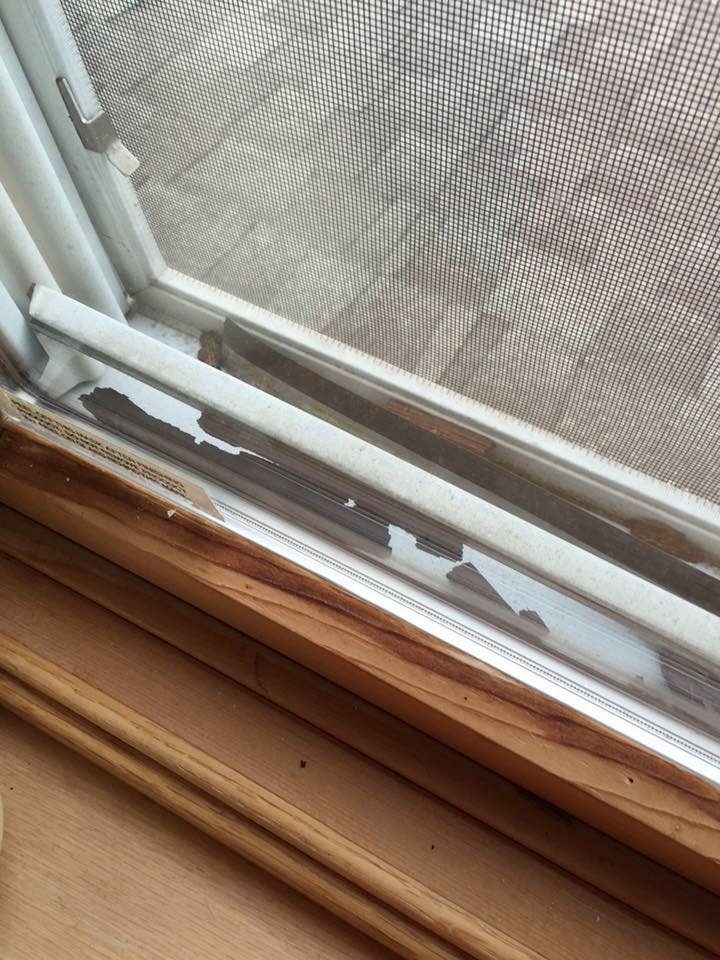
More efficient models may be introduced to the market after FEMP's acquisition guidance is posted.
Class actio lawsuite against anderson windows windows#
Best Available Model ColumnĬalculated for triple-pane, low-emissivity, low visible transmittance, argon windows with a U-value of 0.12 and a solar heat gain coefficient (SHGC) of 0.21, from the Regents of the University of Minnesota, Center for Sustainable Building Research Design Guidance for Offices in Minneapolis, Minnesota. Lifetime Cost Savings: The difference between the lifetime energy cost of the less efficient model and the lifetime energy cost of the ENERGY STAR model or best available model. Future electricity price trends and a 3% discount rate are from Energy Price Indices and Discount Factors for Life-Cycle Cost Analysis–2021: Annual Supplement to NIST Handbook 135 (NISTIR 85-3273-36). Lifetime Energy Cost: Calculated as the sum of the discounted value of the annual energy cost over the assumed product life of 10 years, from InterNACHI's Standard Estimated Life Expectancy Chart for Homes. Learn more about Federal Government Energy/Water Use and Emissions. Lifetime Savings for Efficient Residential Window ModelsĪnnual Energy Use: Based on the Façade Design Tool developed by the University of Minnesota and Lawrence Berkeley National Lab, listed in kBtu/ft 2.Īnnual Energy Cost: Calculated based on an assumed electricity price of $0.09/kWh, which is the average electricity price at federal facilities, and the heating load energy cost is calculated based on an assumed natural gas price of $0.63/therm, which is the average natural gas price at federal facilities. Federal purchasers can assume products that meet ENERGY STAR efficiency requirements are life cycle cost-effective.

The results in the table are based on windows, which represent the largest market segment. Table 1 compares three types of product purchases and calculates the lifetime cost savings of purchasing efficient models. The best available models save up to $4/ft 2. When choosing fenestration products, first identify the climate zone where they will be installed and then find products with U-factors and SHGCs that are less than or equal to those specified by ENERGY STAR.įEMP has calculated that the required ENERGY STAR-qualified residential windows, doors, and skylights save money if priced no more than $2/ft 2 (in 2020 dollars) above less efficient models. The energy efficiency of fenestration products is primarily a function of the U-factor (thermal transmittance) and solar heat gain coefficient (SHGC). Features that make windows energy efficient in one type of climate may offer little benefit in another. Unlike many products, the energy savings of fenestration products varies according to climate.

Selecting and installing energy-efficient windows, doors, and skylights can minimize these additional space conditioning loads and reduce the amount of energy used by the building's heating and cooling system. They do, however, add to the heating and cooling loads of the buildings in which they are installed. This acquisition guidance was updated in December 2021.įenestration products, such as windows, doors, and skylights, do not consume energy directly. However, ENERGY STAR's product specification requirements are limited to products that meet the definition of a residential window, door, or skylight as specified in the product specification information.Īll other residential windows, doors, and skylights types are excluded, including but not limited to products that are assembled on site, sash packs or sash kits windows, doors, or skylights that are intended for installation in nonresidential buildings and window, door, or skylight attachments that are not included in a product's National Fenestration Rating Council (NFRC)-certified rating. Federal laws and requirements mandate that agencies purchase ENERGY STAR-qualified products or FEMP-designated products in all product categories covered by these programs and in any acquisition actions that are not specifically exempted by law.įEMP's acquisition guidance and associated ENERGY STAR efficiency requirements for residential windows, doors, and skylights are technology neutral, meaning that one technology is not favored over another. The Federal Energy Management Program (FEMP) provides acquisition guidance for residential windows, doors, and skylights, a product category covered by ENERGY STAR efficiency requirements.


 0 kommentar(er)
0 kommentar(er)
